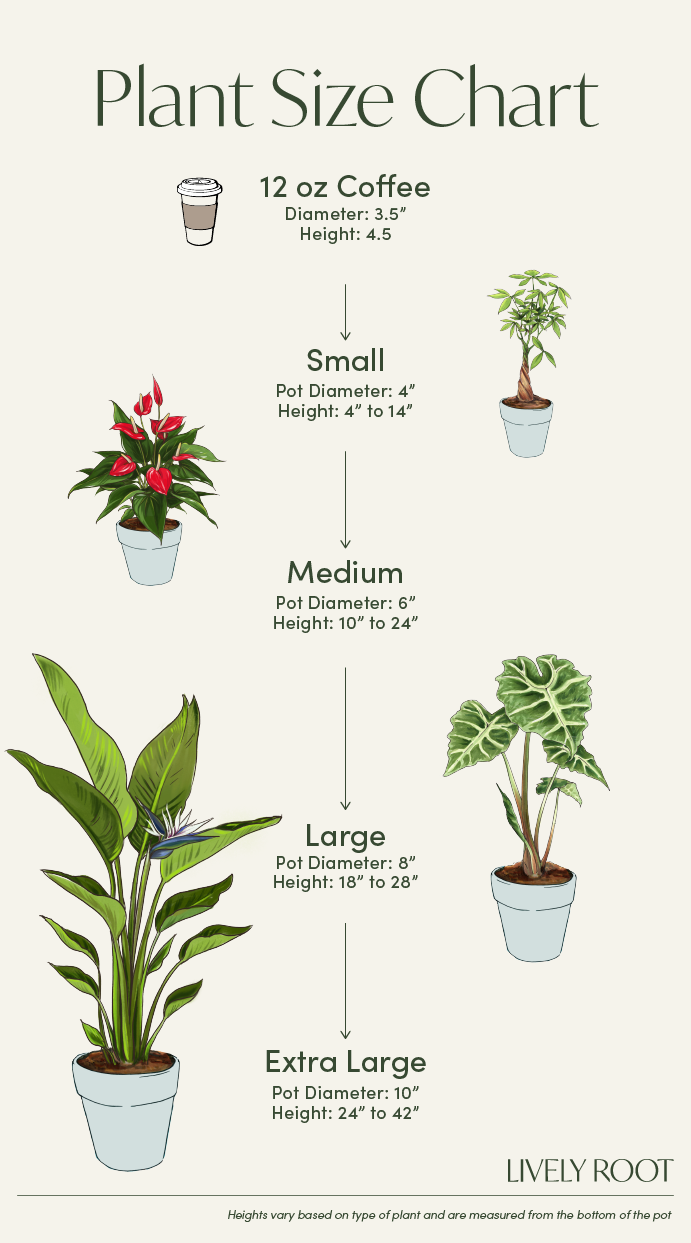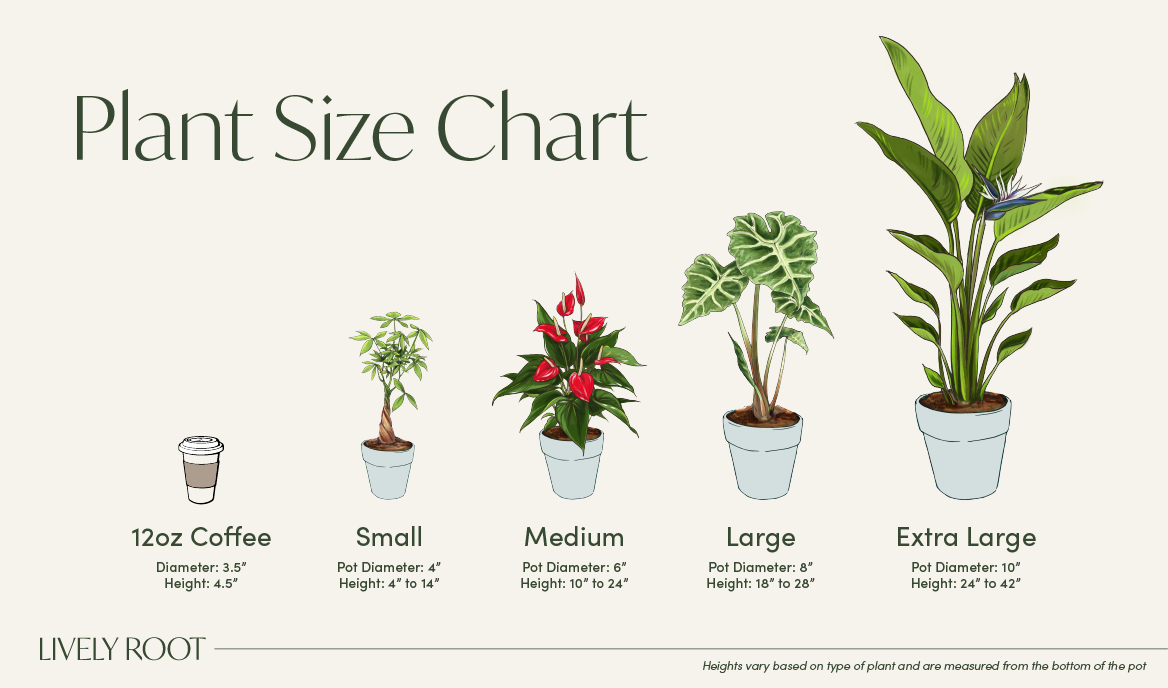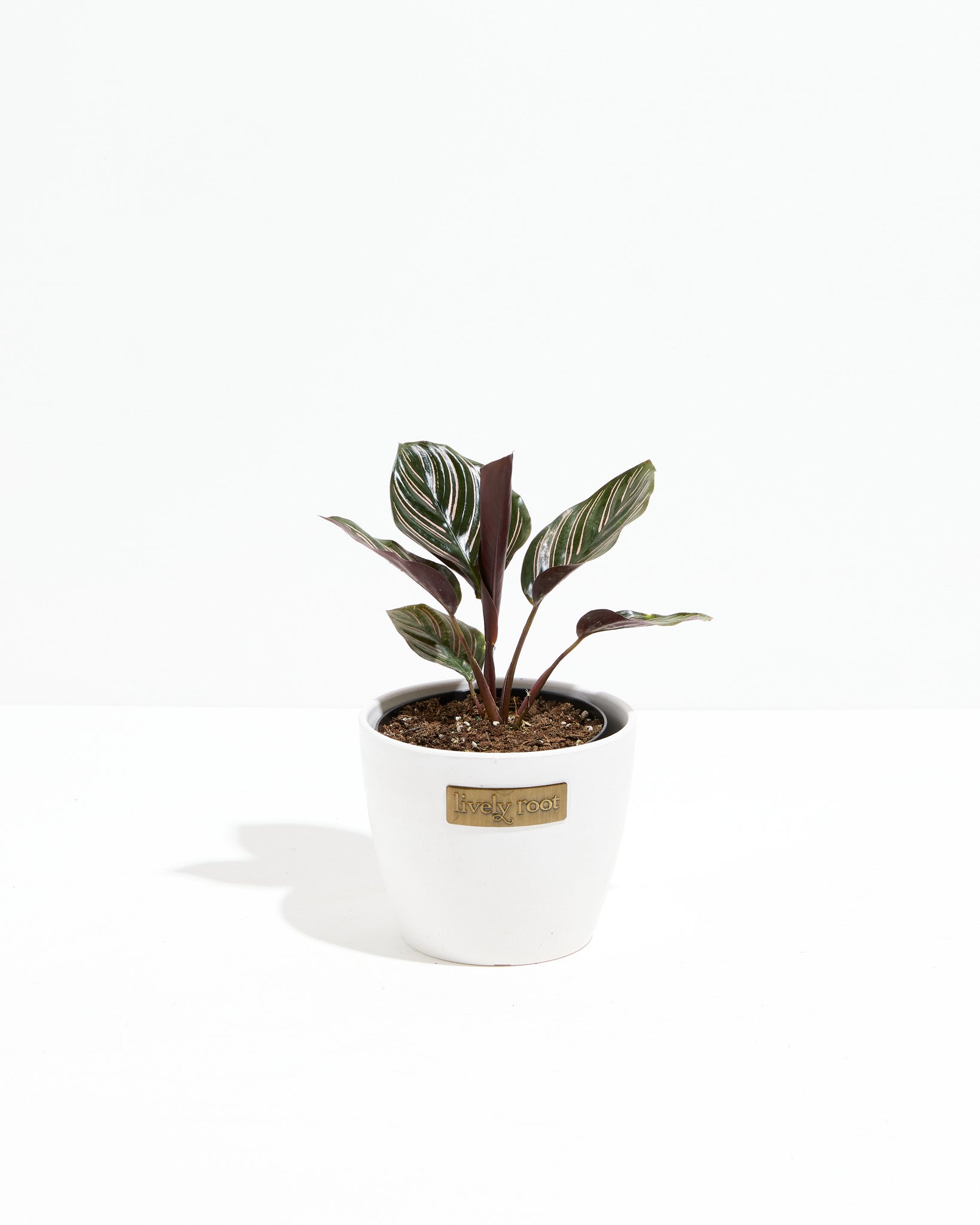

Calathea ornata 'Pinstripe' Care Guide

This plant enjoys bright to medium indirect light.
Keep the soil slightly moist and water when the soil reaches a #5 on the moisture meter. Use filtered, bottled, or tap water sitting 24 hours to release the chemicals and water enough to discharge out of the drainage holes. Once the water is fully drained, replace it into the cache or decorative pot. Don't let the roots sit in standing water. During winter months, water less frequently but keep it humid around the plant.
Add up to 60% humidity by adding a pebble tray filled with water, grouping with other plants or using a humidifier.
Guard your Pinstripe plant against temperatures below 60°F to avoid foliage damage.
Outside: Grow in morning light, partial shade (4-6 hours) where nights are above 45°F. Indoors: The Zebra Plant prefers bright to medium, indirect light for at least six hours in a southern, eastern and western windows.
Fertilize monthly during its growing period. Use a high nitrogen liquid fertilizer at half strength to increase foliage health. Reduce during the fall and winter months while the plant is in its dormant phase. Flush the soil periodically to eliminate salts from fertilizing.
When receiving the plant, do not repot immediately but wait at least 6-12 months. Repot in the spring, using a 2" wider pot. (Too large of a pot could cause the soil to dry slower, which is not helpful.) Use a well-draining indoor potting mix with perlite to help with drainage or an african violet potting mix. Place a piece of screening at the bottom of the container over the drainage hole to secure the soil and allow it to drain. Add soil to the bottom to elevate the root ball. Lift the plant and release the roots against the existing planter. Use a clean knife or garden trowel to wedge between the pot and the soil to loosen. Inspect the root ball. Notice if there are any dead or rotting roots and trim off with sterile pruners. If the plant is rootbound, cut through the roots to alleviate continued encircling. Ensure the plant is sitting about 1" below the edge of the pot to avoid water spillage. Add more soil and backfill around the sides by tamping down. Fill up to the soil line but not over. Water thoroughly, leaving the soil damp but not soggy. If settling occurs, add more soil. Enclose the new plantings in plastic bags, mist and keep them in medium light. Remove the plastic bag when the roots are established. You may observe some leaf changes as it acclimates to its new environment. It may suffer some transplant shock depending on how tight the roots were intertwined together. Trim off any declining leaves as it regains its energy and gets rooted into the soil over time.
Trim off any dead or damaged stems to keep energy moving to the healthy leaves. Shower the leaves using a watering can with filtered or rainwater to remove dust. Remove any debris on the soil and replenish soil if needed.
Indoors: Propagate and divide Zebra plants in the early spring when emerging from dormancy. Pull from the container and brush or wash away the soil carefully. Carefully divide and repot in a rich, indoor potting soil mix or African violet mix. Use a container that has drainage and is deep enough for the roots to grow. Set it in medium to bright, indirect sunlight while they are rooting. Enclose the new plantings in clear plastic bags, mist and keep them in medium light. Remove the plastic bag when the roots are established. You may observe some leaf changes as it acclimates to its new environment. It may suffer some transplant shock depending on how tight the roots were intertwined together. Trim off any declining leaves as it regains its energy and gets rooted into the soil over time. Check the moisture and humidity each day and add misting to keep the soil moist while the roots establish. After 6-8 weeks, roots will begin to establish. You can tug onto the stem to ensure the roots are anchoring well. You can remove the clear plastic bag at this time but still maintain high humidity around the plant. Outdoors: Carefully loosen the soil and dig the roots up and separate the plant in new locations in your garden. Add rich, damp, and loamy soil in a part-shade morning sun location. Water with filtered or rain water at soil level.
























